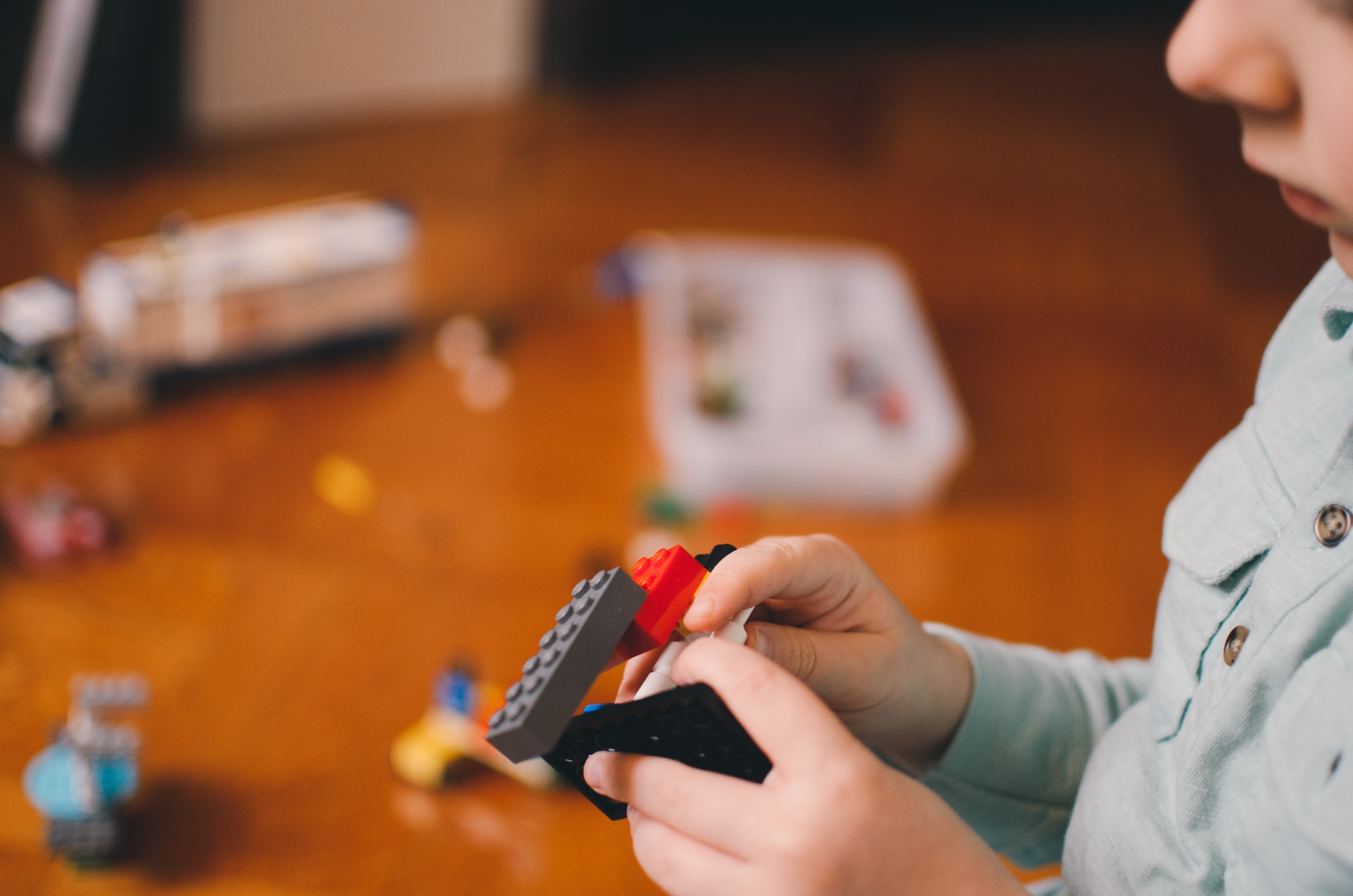For children with autism, there are many things throughout the day that can unexpectedly trigger stress and frustrations. Whether this is through the sensory overload of sound, touch, or something else, autistic children can struggle to process and communicate these experiences. Here are seven calming strategies for autism to help alleviate signs of stress. Each child responds differently, and so it's all about trying different autism calming techniques and finding out what works to calm sensory overload in autism.
Communication is crucial in calming techniques for kids with autism but can be a struggle at times. Because of this, the way you communicate with them is significant:
Sometimes your child might need a little time to themselves to practise self calming strategies for autism. If they are feeling overstimulated, trying to embrace or talk to them can sometimes make it worse. If there is a calming and safe area for them to sit, allow them to have that time to themselves, and they can come to you when they are ready to. It’s all about understanding your child and what is right for them. Don’t worry, this takes time, but you will get there and find something that works for them.

If the environment is causing them to become agitated, remove them from the environment and change their scenery. Keep this in mind for future trips, so you know what to avoid. If it’s something in their home environment that is causing them to become stressed, change it. It won’t work to try and change the child – the situation needs to change for them.
Many autistic children respond well to deep pressure, making them feel safe and helping their muscles to relax.
There are a number of ways to achieve this:

Some tantrums can be due to a lack of stimulation. For example, if an autistic child is throwing things, it can be indicative of a need for vestibular input. In cases like this, swinging them on a swing or letting them go on the trampoline is an excellent way of tackling the situation. Equally, if your child is quite small, picking them up and spinning them around can have the same effect. Over time, you will be able to grasp the things that trigger your child and how to avoid them in the future.
If you know that your child likes a particular object or toy, whether it be a favorite teddy or game on your phone, offering these objects to them can be a great way to refocus their attention elsewhere and calm down. If they like to get creative, provide some crayons and paper for them to be able to focus on something else, or even vent their frustrations through drawing.

One of the most effective calming techniques for autism is having a sensory space in which they feel safe, stimulated, and relaxed. Whether this is a full sensory room, a sensory corner, or a few sensory products, a sensory environment has a multitude of benefits for autistic children. Regular exposure to such a sensory environment helps autistic children to filter out a lot of incoming sensory information that can be overloading and instead organize the information and improve their communication. Sensory products are great at reducing anxiety, improving behavior and mood, improving communication, and more. Bubble Tubes and Fiber Optics are just a few of the objects that are great for children with autism.
If you’re interested in creating a sensory environment, please do not hesitate to contact us.